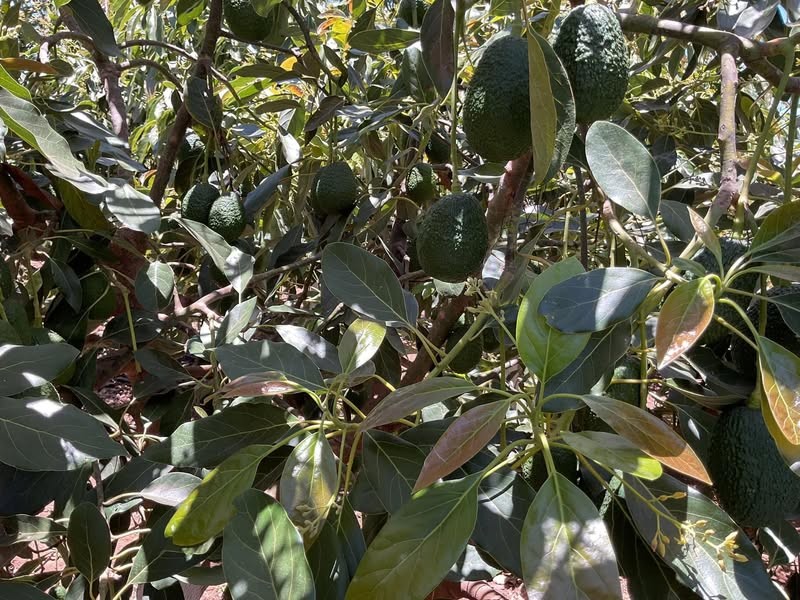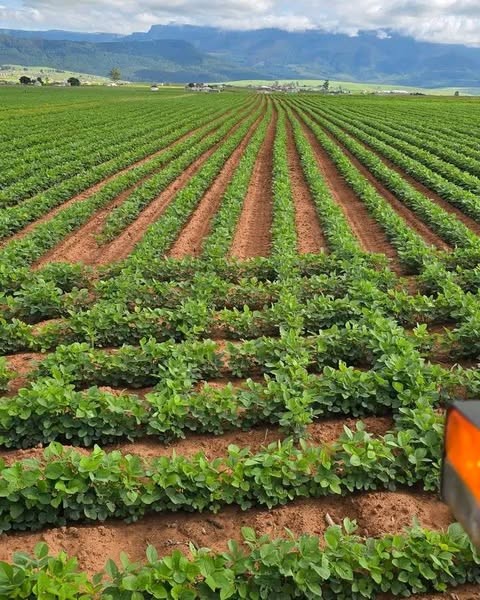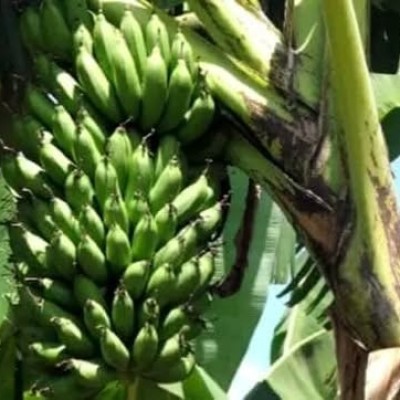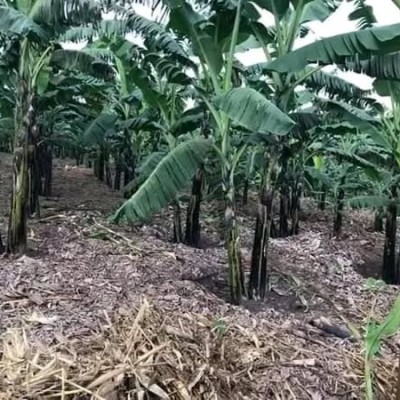How to Turn a Ksh 1.5 Million Investment into Ksh 10 Million with Hass Avocado Farming!
Investing in Hass avocado farming is one of the most lucrative agribusiness opportunities in Kenya today.
With rising demand in both local and international markets, farmers are making impressive returns from this cash crop.
By starting with an investment of Ksh 1.5 million, a well-managed avocado farm can generate Ksh 10 million or more annually.
Here's how it works.
Step 1: Investment Breakdown (Ksh 1.5 Million Setup Cost)
To set up a profitable Hass avocado farm, key expenses include:
✔️ Land preparation – Ksh 200,000
✔️ 850 high-quality seedlings – Ksh 300,000 (at Ksh 350 per seedling)
✔️ Irrigation system – Ksh 400,000 (for dry areas)
Farm maintenance (fertilizer, pruning, pest control, labor) – Ksh 400,000
✔️ Other costs (certifications, marketing, transport) – Ksh 200,000
With this investment, the trees will mature in 2-3 years, and by the 4th year, full production begins.
Step 2: Projected Revenue (Ksh 10 Million Earnings)
✔️ A mature Hass avocado tree produces 200–300 fruits per season, and Kenya has two harvesting seasons per year.
✔️ With 850 trees, an average yield of 250 fruits per tree means 212,500 avocados per season or 425,000 per year.
✔️ The export price for one Hass avocado ranges between Ksh 10–30. At a conservative price of Ksh 25 per fruit, the total revenue would be Ksh 10.6 million annually.
Step 3: Maximizing Profits
To reach and even exceed Ksh 10 million, farmers must focus on:
✔️ Export market access – Certified farmers can sell at higher prices abroad.
✔️ Proper farm management – Regular pruning, irrigation, and organic fertilizers boost yields.
✔️ Value addition – Processing avocados into oil or packaging premium fruits for supermarkets increases earnings.
✔️ Diversification – Intercropping with short-term crops like vegetables generates additional income.
Final Thoughts
With the right strategy, patience, and commitment, an initial investment of Ksh 1.5 million can generate over Ksh 10 million annually from Hass avocado farming.
It is a long-term venture, but once the trees mature, they provide a steady, high-income source for many years. For any farmer looking for a profitable, low-maintenance agribusiness, Hass avocado farming is a great option.










Mursyid Maulawi
~ Agricultural Inputs Supplier / Dealer |댓글 삭제
이 댓글을 삭제하시겠습니까?